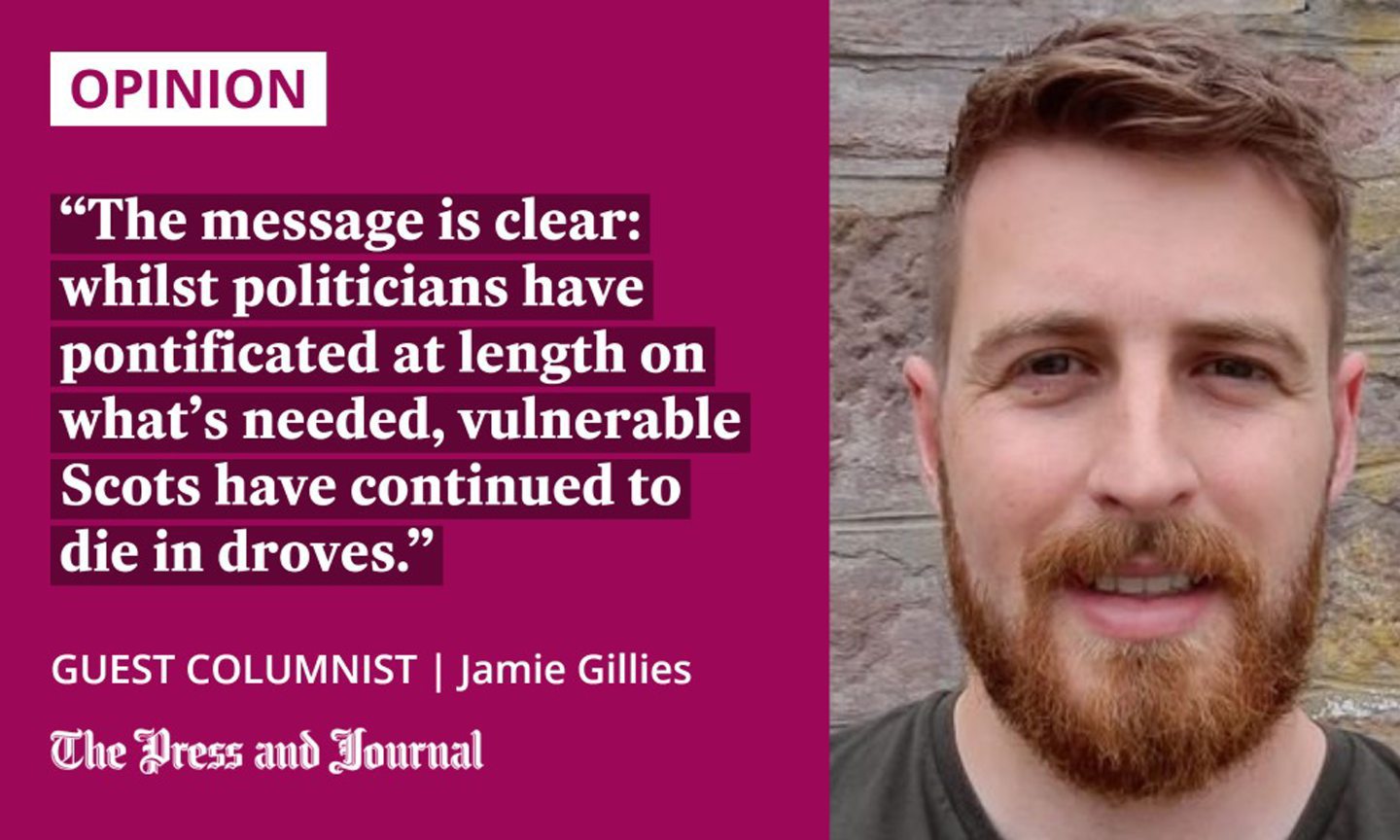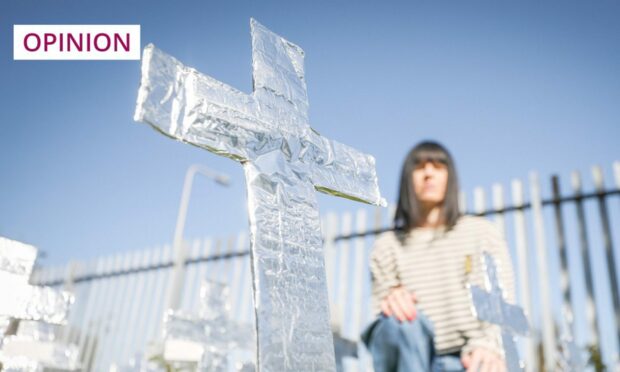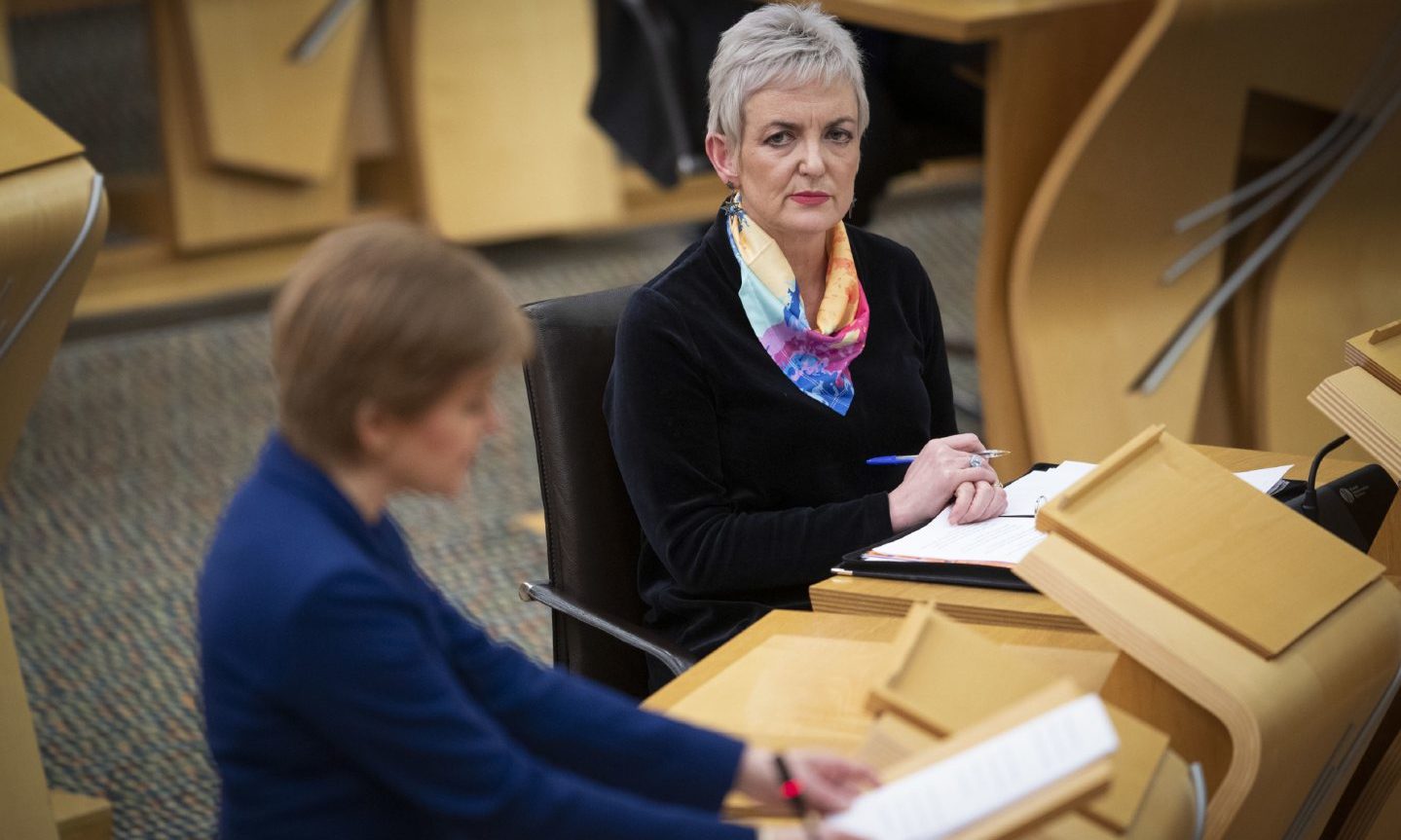It’s a seismic week for Scotland. After an intense, and at times ugly, leadership contest, we are getting used to our new first minister, Humza Yousaf.
After all the formalities, the new premier of Scottish politics now has to begin putting into practice what was pledged during the leadership campaign.
Over the past few weeks, the SNP candidates discussed a range of issues facing the country. Action to address the cost-of-living crisis and beleaguered NHS featured prominently in campaigns. The constitution, poverty, and social policy were also a focus. Not every seismic issue came up, though.
One that was sadly absent in debates was drug deaths. For many years now, Scotland has had the highest drug-related death rate in Europe. Data from the National Records of Scotland shows a meteoric rise in deaths since the late 1990s, with a peak of 1,339 in 2020.
In 2021, 1,330 people tragically lost their lives. A total of 1,092 suspected drug deaths occurred in 2022, with the final quarter showing a significant rise on previous months.

The SNP candidates were asked, very briefly, about this scandal in a radio interview on March 16. Each indicated their support, in principle, for a bill enshrining a “right to recovery” for people trapped in addiction – something seen as a potential solution.
Kate Forbes showed the clearest understanding of what’s required, stressing that “a legal right needs to be backed up with provision”. Forbes also showed contrition. “It shames all of us,” she said.
‘You keep talking, we keep dying’
Passing mention of an issue devastating families and communities across Scotland will have saddened those affected, and campaigners. During the leadership contest, far more airtime was dedicated to harassing Kate Forbes over her Christian beliefs than quizzing the candidates on how they’d end a national scandal that has haunted Scotland for years. I’m not sure this paints those asking the questions in a very good light.
In the past few years, campaigners have upped the ante, with large public demonstrations, and a powerful slogan: “You keep talking, we keep dying”. The message is clear: whilst politicians have pontificated at length on what’s needed, vulnerable Scots have continued to die in droves.
It seems that years of thinking and talking in the corridors of power hasn’t delivered the outcome that’s required, and that’s a serious problem.
The Scottish Government established a drug deaths taskforce in July 2019, to examine the causes of drug deaths and explore ways to save lives. In summer 2022, it published its final report, Changing Lives, which outlined 20 recommendations and 139 action points, to be delivered in the short, medium, and long term. The report states: “We have listened to people, explored the evidence and set out a strategic plan of action”.
This work of the drug deaths task force has been lauded within government. However, its reception among groups and individuals at the coalface of drug addiction recovery has been markedly different.
Sticking to failed approaches is costing lives
Annemarie Ward, a leading Scottish voice in the fight against drug deaths and CEO of charity Faces and Voices of Recovery UK, has accused the Scottish Government of continuing to “fail catastrophically”. In a statement this month, she said: “They keep listening to and investing in the same failing leadership, services and systems they always have and will not put in real accountability measures or targets that have consequences if not met”.
Annemarie and others who see people suffering and dying are angry. To them, bureaucracy, a dearth of accountability and a stubborn insistence on sticking to failed approaches is costing lives. Something has got to give.
1/2 @HumzaYousaf support for #OorBill The Right to Recovery Bill https://t.co/fFqamygeam We will keep you to your word, Humza. It will be interesting to see if @scotGov continue to bend the knee to the quangos placebo policies and actors.
— Annemarie Ward 💜 (@Annemarieward) March 27, 2023
I asked Annemarie what she thinks would break the deadlock when it comes to drug deaths, and she highlighted five things: more rehabilitation beds, ensuring the workforce includes more people in recovery, moving services out of the NHS and social work into the third sector, significant funding for truly holistic support that keeps people free from substances, and help to heal people from trauma. These ideas, drawn from years of experience, should be heard.
The tasks facing the new first minister are huge, and there are many. Ending Scotland’s drug deaths shame must be a top priority.
Humza Yousaf said he has a desire to tackle poverty during his campaign. Addiction and poverty are interlinked. I hope his pledge to be a champion for the marginalised in society will not ring hollow in years to come.
Jamie Gillies is a campaigner and commentator based in the north-east of Scotland












Conversation